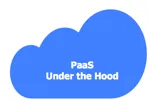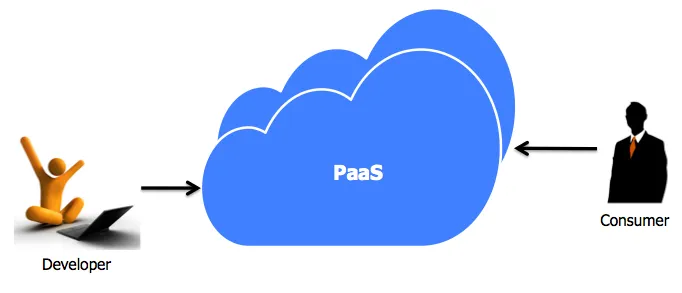Announcing The PaaS - Under The Hood Series!

PaaS is fundamentally designed to abstract the nuts and bolts of the underlying Cloud Computing infrastructure. It hides the complexity of Cloud by just exposing what is required for the developers to deploy the code. While developers need to focus on the tools and the IDEs to deal with the PaaS, it is certainly useful to understand the underpinnings of the PaaS.

CloudStory.in brings you a series of articles that goes behind the scenes of a PaaS deployment. Typically developers write code and deploy it on a PaaS that the end users will consume. In between these two stages of deploying the application and consuming the application, a lot of interesting things happen. The objective of this series is to analyze the workflow that takes place between deployment and the availability of the application. Though every implementation is different, there is a common framework that the major PaaS implementations rely on. For example, there is an uncanny resemblance between Windows Azure and VMWare Cloud Foundry. By end of this series, you will be able to relate to the common concepts and terminology across multiple PaaS offerings. We will cover the under the hood details of popular PaaS implementations like Microsoft Windows Azure, AWS Elastic Beanstalk, Cloud Foundry and Red Hat OpenShift. So, fasten your seat belts and get ready for an intriguing ride of PaaS internals.
- Janakiram MSV, Chief Editor, CloudStory.in






